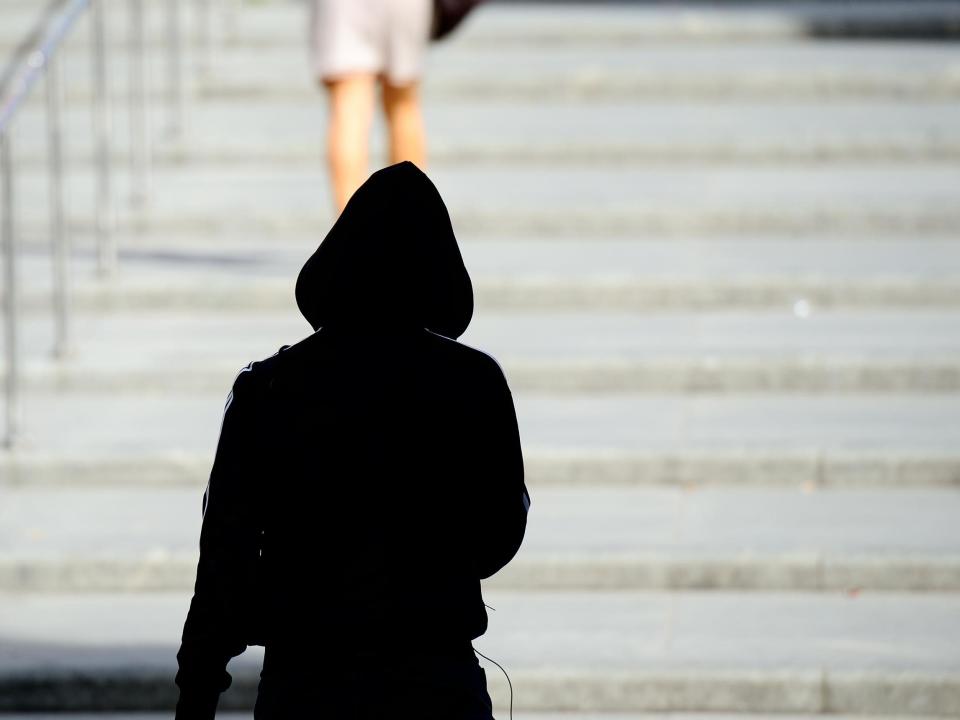Why the new upskirting law can't stop tech-savvy abusers
Upskirting is to become a criminal offence in England and Wales, punishable by up to two years in prison, and it’s about time.
It is a resounding success for an 18-month campaign by activist Gina Martin. She began the fight for legislation after being upskirted at a music festival, only to be told that police could not deal with it as it wasn’t a specific offence.
By and large, however, the law has been slow to get to grips with how technology can be used to make people’s lives miserable, and specifically how it’s used against women.
Upskirting was made possible by new technology that has become part of everyday life. The same goes for revenge porn, which was made a criminal offence in England and Wales in 2015, and also carries a maximum sentence of two years in prison.
Incidentally, the passing of this new law is also a depressing reminder of how Northern Ireland is failing to protect the rights of the women (laws on upskirting have been in place in Scotland since 2010). No upskirting legislation exists there – and with Stormont still at a standstill it’s likely to be a long time before it does.
Revenge porn offers a chastening example of how the legal system is playing catch up when it comes to tech, and how victims have been badly served by a failure to get ahead of sinister trends.
A law may have been introduced, but victims who have had sexual images or video footage shared by a former partner prior to 2015 have little recourse to justice through the courts, forced to rely on older legislation that refers generally to malicious communications. In other words, a victim who is alerted to posts today would not be helped by the new law if the images were shared before 2015.
The law also requires proof of “intent to cause distress”, which makes securing convictions pretty difficult. The phrase seems redundant. It’s rare that a case of revenge porn won’t cause distress.
Tech-facilitated stalking is another growing problem. Social media has given stalkers more access to victims than ever before, often providing multiple platforms through which to communicate with them.
It’s also much easier to track a person these days, and what makes it truly terrifying is that a person does not need to be active on social media to have a presence online. So much can be gleaned about someone solely through the accounts of friends and family members, which must make it unspeakably frustrating for stalking victims used to being advised against sharing too much personal information online. That’s official advice handed out by police, who clearly are yet to find a way to really tackle the use of social media by stalkers – which suggests it will be a long time before the authorities are ready to deal with the threat posed by newer technologies.
Last summer, the domestic violence charity Refuge reported that it had seen an alarming rise in the number of incidents of technological abuse, which included stalking via smart home and web-connected gadgets.
When you stop to consider how quickly these devices have proliferated and become everyday items in so many people’s homes, it’s perhaps unsurprising that the perpetrators of abusive behaviour have almost as quickly found ways to use them to do harm.
There have been widespread calls for specific laws relating to cyber stalking and harassment to be put on the books – at the moment, the legal principle is what’s legal offline is legal online. But online offenders are harder to track down, and offline stalking is hard enough to prove. Meanwhile, the number of stalking offences reported has gone up in recent years, while prosecutions have sunk.
So while the upskirting legislation is definitely to be welcomed, the application of the law should be monitored carefully. We’ve got the words – including the 100,000 signatures Gina Martin gathered on her petition to criminalise the act – now it’s time to see some action.

 Yahoo News
Yahoo News 

